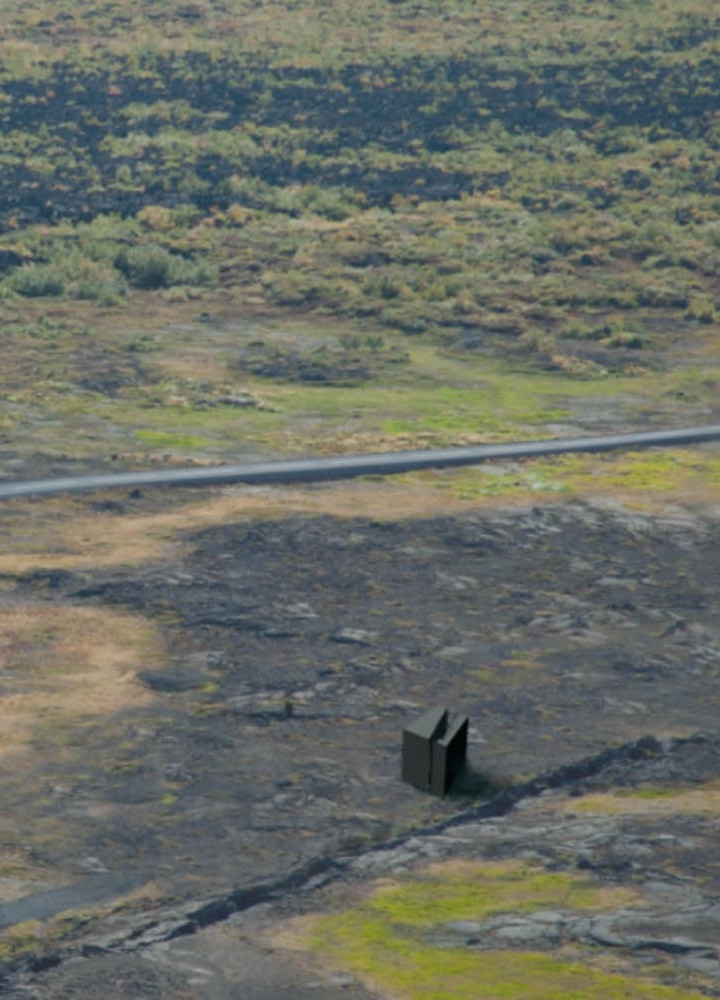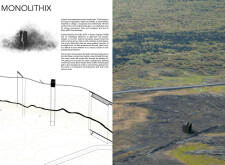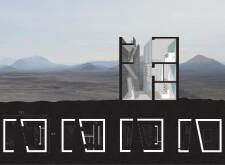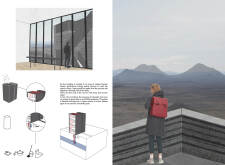5 key facts about this project
The project at hand exemplifies a modern architectural design that prioritizes functionality while harmonizing with its environment. Located in [insert geographical location], the design serves multiple purposes, including [insert function, e.g., residential, commercial, cultural, etc.]. This architectural endeavor showcases a synthesis of innovative design and practicality, effectively addressing the needs of its users.
The architectural design focuses on creating a seamless relationship between the indoor and outdoor environments. The use of large glass panels facilitates natural light infiltration, enhancing the overall user experience. The spatial configuration encourages fluid movement throughout the areas, promoting accessibility and usability. Additionally, the integration of landscaped elements within and around the structure blurs the boundaries between nature and built space, a design approach that contributes to both aesthetic appeal and environmental sustainability.
Unique Design Approaches and Innovations
This project distinguishes itself from numerous others through its unique approach to materiality and structural innovation. The use of sustainable materials, such as [list specific materials used, e.g., reclaimed wood, low-VOC paint, etc.], not only reduces the environmental footprint but also enhances the aesthetic quality of the structure. The design incorporates smart technology solutions that improve energy efficiency, showcasing a commitment to modern architectural practices.
The architectural forms employed in this project are intentional and functional. Curvilinear elements, combined with angular spaces, create a dynamic visual language that captures attention without overwhelming the senses. This thoughtful articulation of forms contributes to the character of the building while remaining grounded in practical considerations.
Integration with the Surrounding Environment
Reflecting a deep respect for its location, this architectural design embraces its setting through strategic orientation and layout. The positioning of the building takes advantage of natural topography and prevailing winds, minimizing energy consumption. Outdoor spaces are designed not only for aesthetics but also for utility, offering areas for recreation and community engagement.
The landscape design complements the building, using native plants to promote biodiversity and integrate seamlessly into the local ecosystem. This approach enhances the ecological rationale behind the design, showcasing a commitment to sustainability that resonates with contemporary architectural studies.
The project offers a range of architectural plans and sections that illustrate the design’s coherent execution and functionality. Those interested in understanding the intricacies of this architectural endeavor are encouraged to explore architectural designs and architectural ideas that manifest throughout the project. Detailed examination of the architectural plans will provide further insights into the thoughtful integration of space and function that define this contemporary architectural achievement.






















































